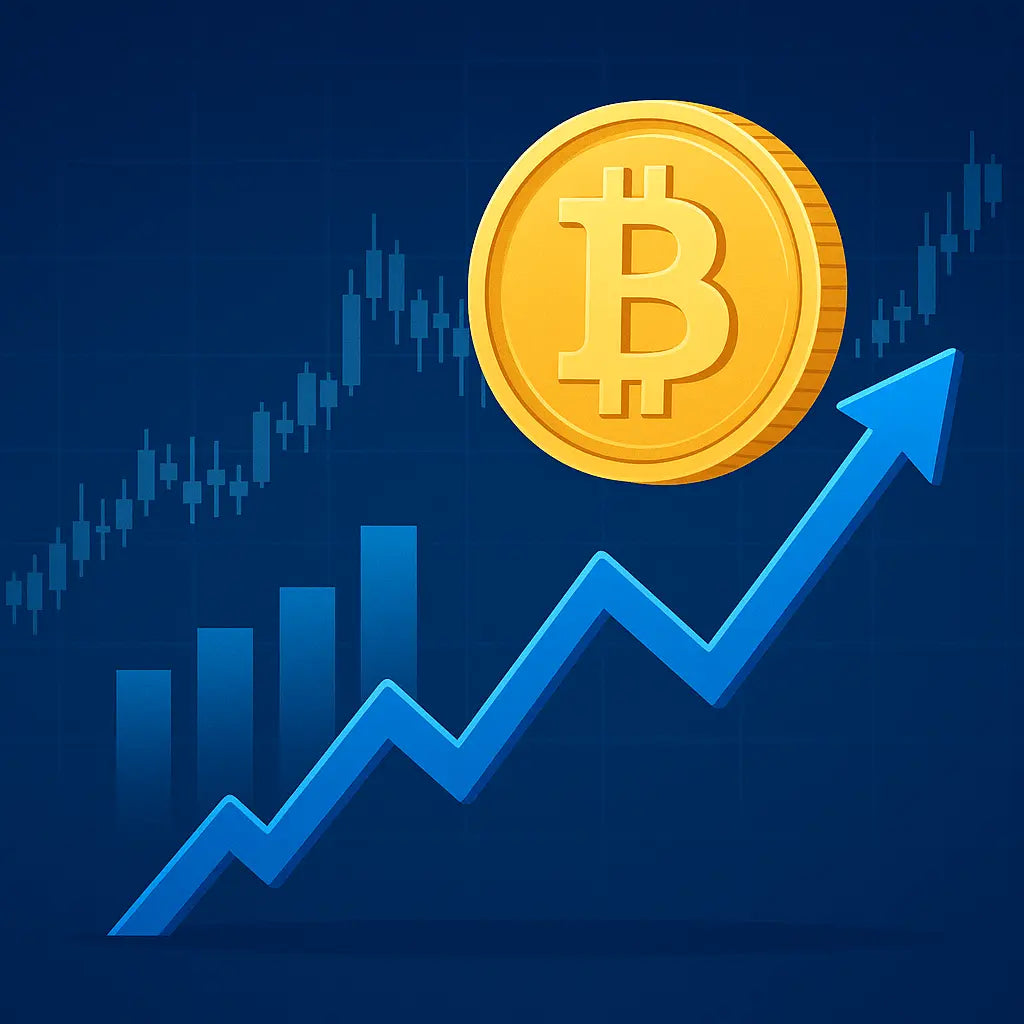With billion-dollar movements from BlackRock, Libre, and MultiBank, tokenization is really taking off and moving from theory to practice.
As more and more institutional actors test and implement blockchain-based infrastructure on a large scale, tokenization of real-world assets (RWAs) is changing from an abstract idea to a useful financial tool.
A flurry of announcements advancing RWA initiatives came from blockchain-native companies and traditional financial institutions only this past week.
BlackRock submitted an application on April 30 to establish a class of shares for digital ledger technology for its $150 billion Treasury Trust fund. To provide investors with a mirror record of share ownership, it will make use of blockchain technology.
The BLF Treasury Trust Fund (TTTXX), which is exclusively available for acquisition through BlackRock Advisors and The Bank of New York Mellon (BNY), will be tracked by the DLT shares.
The same day, Libre revealed plans to use its new Telegram Bond Fund (TBF) to tokenize $500 million of Telegram debt. Accredited investors will have access to the fund, which can be used as security for onchain loans.
The most prominent story of the week was from Dubai, where MultiBank Group inked a $3 billion RWA tokenization agreement with blockchain technology developer Mavryk and real estate company MAG, both based in the United Arab Emirates. The agreement is billed as the biggest tokenization effort for RWA to date.

"The latest spike isn't coincidental. Everything is coming together, which is why it's happening," Hashgraph CEO Eric Piscini told Cointelegraph:
"In big marketplaces, the rules are becoming more apparent. The technology is more robust, quicker, and scalable. And major players are doing it: Franklin Templeton has tokenized money market funds on public blockchains, BlackRock is tokenizing funds, and Citi is investigating digital asset custody.
Theory is no longer enough for tokenization.
The recent announcements, according to RedStone co-founder Marcin Kazmierczak, "show that tokenization has moved beyond theoretical discussions into practical application by market leaders."
He went on to say that the increasing acceptance by major organizations lends the area legitimacy, which encourages others to join in and support fresh concepts and investments.
US President Donald Trump's pro-crypto government and increasing regulatory clarity are the main factors driving the revived interest in RWA tokenization, according to Kazmierczak.
In contrast to the Biden administration, Trump has adopted a different stance on cryptocurrency, promising to "make the US the crypto capital of the world." The US Securities and Exchange Commission (SEC) and the Department of Justice (DOJ) launched an aggressive crackdown during that time, which caused numerous businesses to stop doing business in the US.
But it seems like the story is changing. The SEC has halted or abandoned more than a dozen enforcement actions against cryptocurrency companies since Trump's election victory.
A softer stance toward the industry is also indicated by the DOJ's recent announcement of the dismantling of its cryptocurrency enforcement section.

According to Felipe D'Onofrio, chief technology officer at Brickken, the growth of tokenization has been fueled by both regulatory clarity and technological breakthroughs, particularly in wallets.
He continued, "In parallel, institutions are being pushed by macroeconomic pressures to look for efficiency and liquidity in historically illiquid markets."
Ethereum continues to be the primary tokenization hub.
Because of its established ecosystem, wide developer support, and strong infrastructure, Ethereum is the main hub for RWA tokenization.
Because of its unmatched security, developer environment, and institutional adoption, Ethereum is still by far the best blockchain for issuing RWAs on a wide scale, according to Kazmierczak.
He did point out, though, that networks that are specifically focused on RWA, such as Canton Network, Plume, and Ondo Chain, are creating attractive substitutes with features made specifically for compliance asset tokenization.
The market value of tokenized US Treasurys is currently $6.5 billion, per statistics from RWA.xyz. With more than $4.9 billion in tokenized Treasurys, Ethereum holds the largest market share.

Companies like BlackRock have demonstrated that it is feasible to create massive tokenized products valued at billions of dollars by utilizing many blockchains simultaneously, according to Herwig Koningson, CEO of Security Token Market.
According to him, this demonstrates that the success of tokenizing assets depends more on what the business requires the system to perform than it does on the specific blockchain being used.
According to Koningson, this explains why a lot of banks and other conventional businesses employ permissioned blockchains or even private DLT systems.
There are still obstacles, but there is a lot of room for progress.
But there are still obstacles. Regulation remains a major obstacle, particularly for organizations that are risk adverse and need assurances regarding privacy and compliance.
According to Piscini, there are still technical restrictions in place, primarily the incompatibility of blockchain systems. Hybrid solutions, he added, are becoming more popular because they combine the secrecy of permissioned systems with the potential for future interoperability with public chains.
By the end of the decade, Piscini predicted that over 10% of the world's financial assets might be tokenized. D'Onofrio also offered a moderate prediction, suggesting that by 2030, tokenization may account for 5% to 10% of global financial assets.
However, by the end of this decade, about 30% of the global financial system will be tokenized, according to Kazmierczak of RedStone.
By the end of 2030, STM.co estimated that the global RWA market would be worth between $30 and $50 trillion.
The majority of businesses estimate that by 2030, the RWA market would be worth between $4 trillion and $30 trillion.
According to a Tren Finance study analysis, the sector's current worth of about $185 billion, including the stablecoin market, would have grown more than 50 times if it were to reach the median projection of almost $10 trillion.
This article references Amin Haqshanas's "Everything is lining up" — Tokenization is having its breakout moment.











Commenta
Questo sito è protetto da hCaptcha e applica le Norme sulla privacy e i Termini di servizio di hCaptcha.